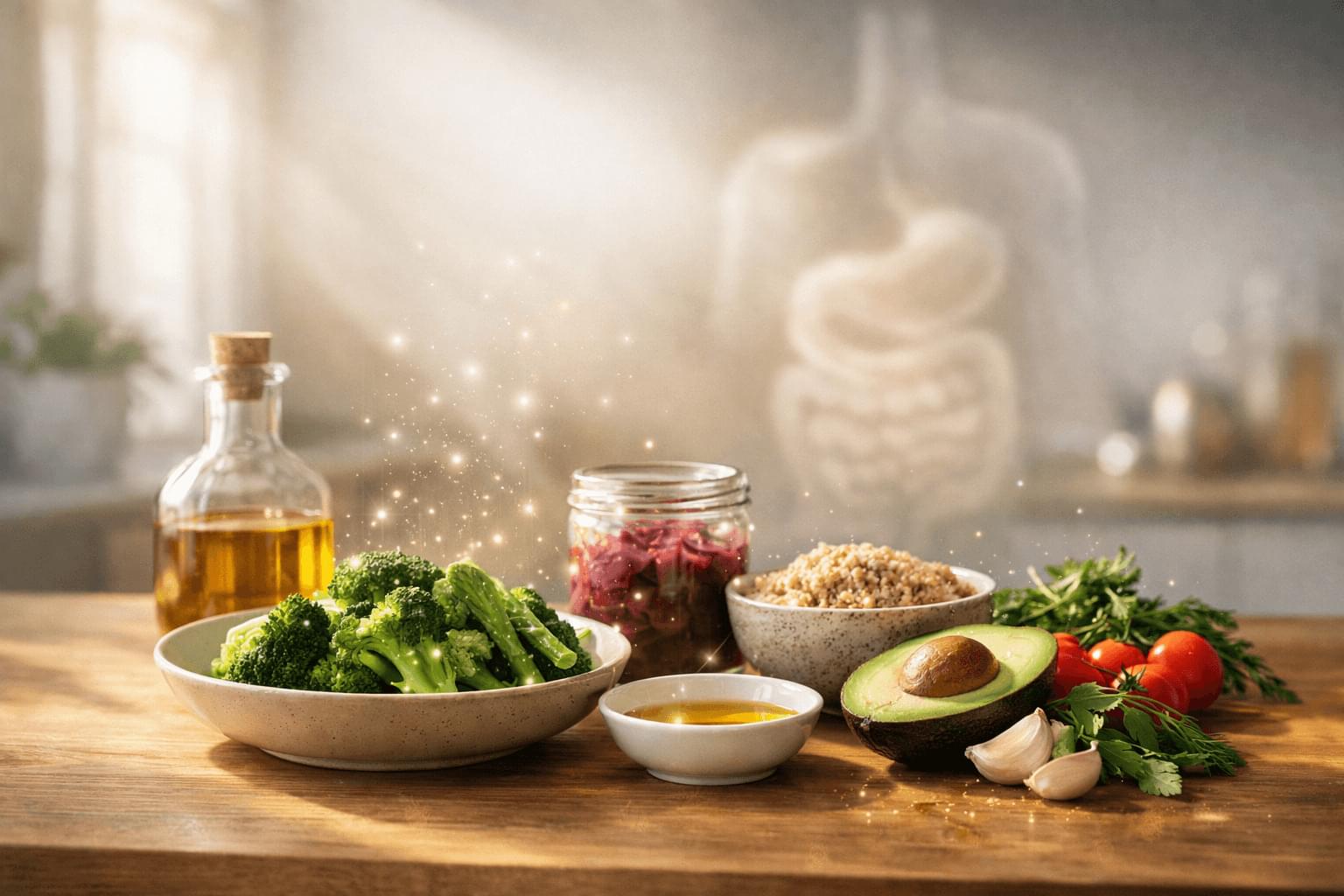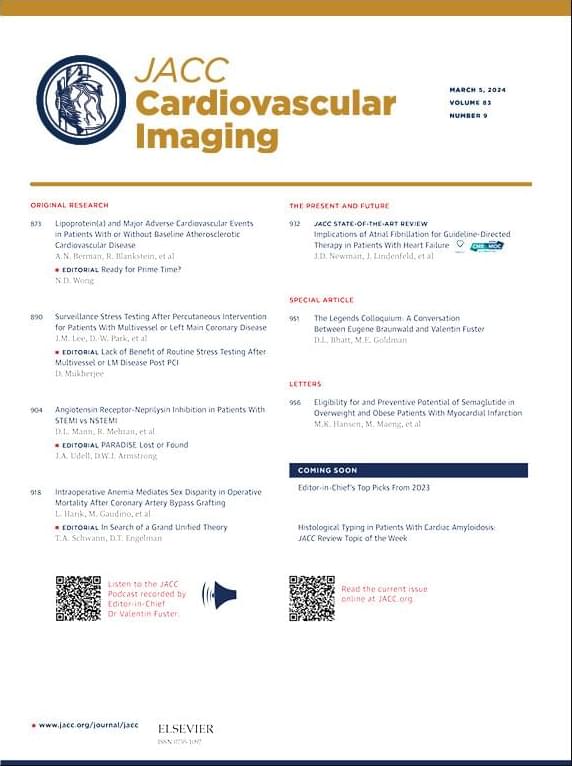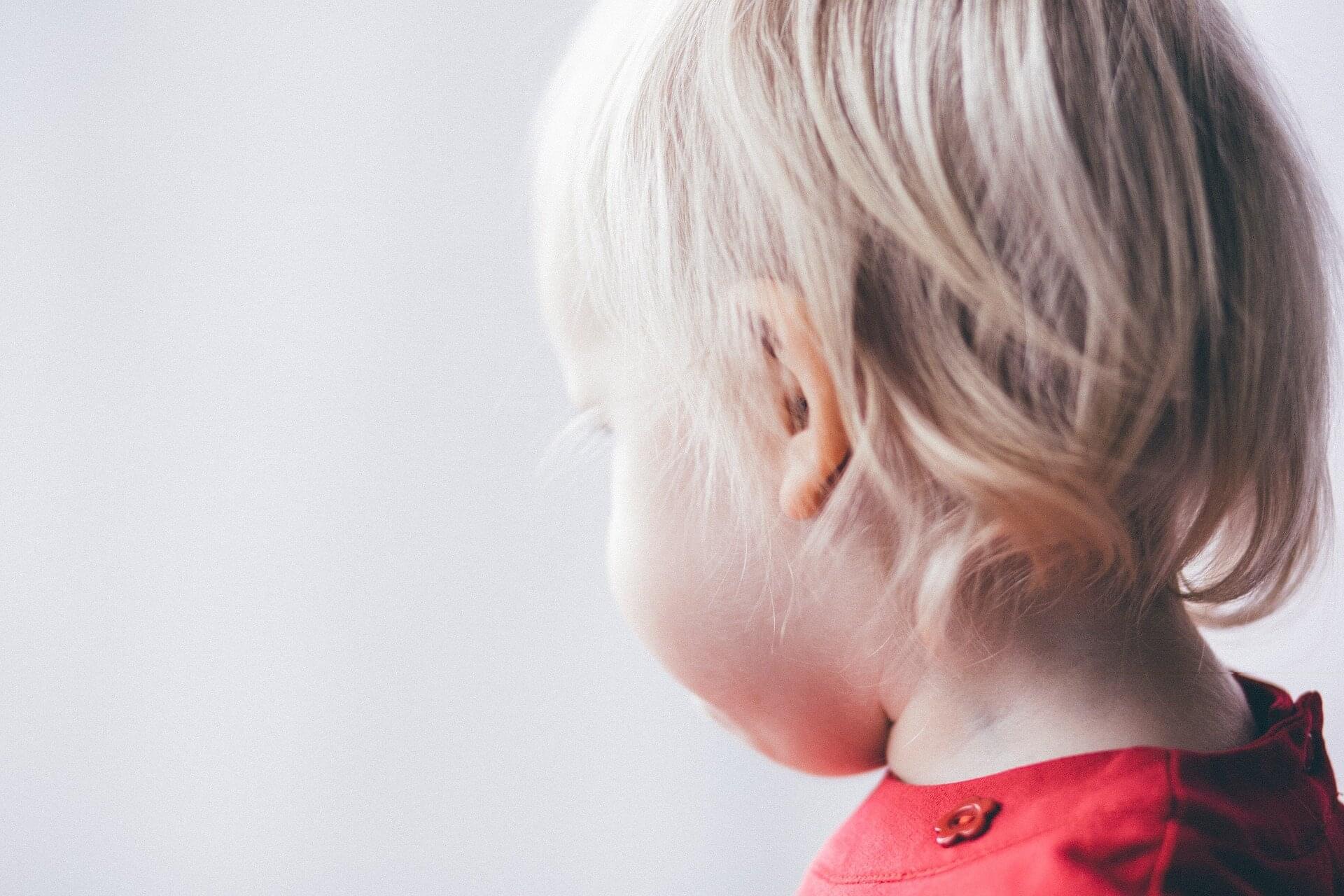Increased stiffness of the colon, spurred by chronic inflammation, may encourage the development and progression of early-onset colorectal cancer (CRC), a study co-led by UT Southwestern Medical Center researchers suggests. The findings, published in Advanced Science, could lead to new ways to prevent and treat this deadly subset of CRC.
“We consider this study a significant advancement toward identifying those at risk of early-onset CRC and finding new ways to treat them,” said Emina Huang, M.D., M.B.A., Professor of Surgery in the Division of Colon and Rectal Surgery and Executive Vice Chair of Research for Surgery at UT Southwestern. She is also Professor of Biomedical Engineering and in the Harold C. Simmons Comprehensive Cancer Center.
UT Southwestern partnered with researchers from The University of Texas at Dallas on the study.







